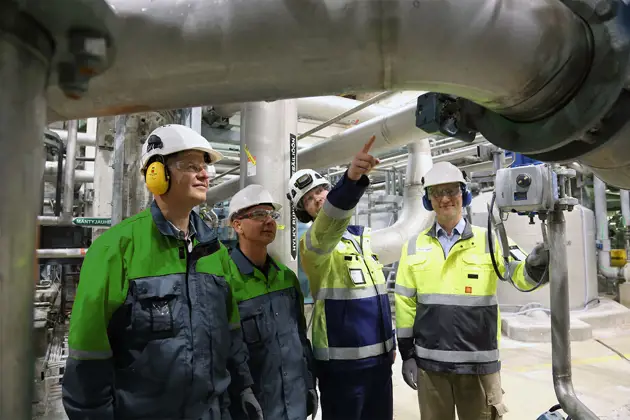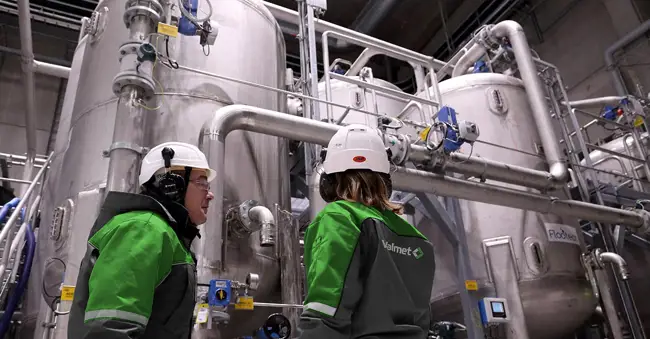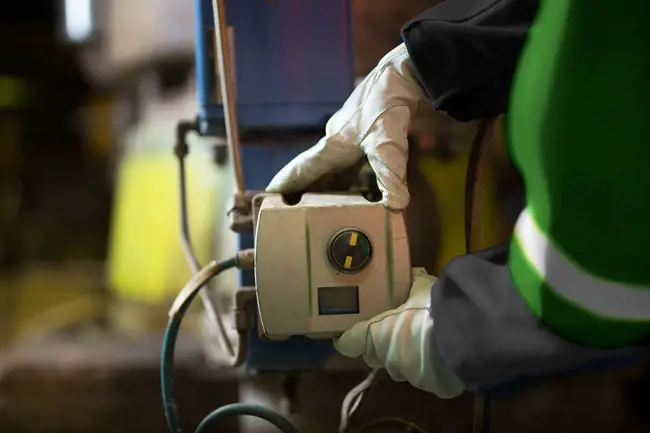To achieve optimum uptime, advanced plants are striving to manage their assets with a more proactive maintenance approach in addition to targeting more reliable and safer operations. Being proactive includes reactive, preventive and predictive methods to find the right approach for each asset based on their criticality to the process environment.
For proactive maintenance to be efficient and effective, it is essential to have a well-defined maintenance, repair and operations (MRO) spare parts management plan, because these spare parts costs, in particular, play a significant part in overall maintenance productivity and expenditure.
What are the main issues?
Typical issues with MRO spares management are excess inventory levels and high obsolescence. Still, despite the high inventory levels and the associated tied-up capital, the service level for maintenance can be low. Therefore, productivity is also low.
Organizations might be working in fire-fighting mode to find or purchase non-stocked, but suddenly needed, parts. Typically, shutdown planning also takes a high amount of resourcing, and asset upgrades and part changes are hard to manage. This means item data may become scattered.
How well-defined MRO management can help
- Maintenance productivity improvement – no unnecessary waiting times. Jobs can be completed as planned. Low-quality MRO parts can jeopardize production uptime and decrease maintenance productivity.
- Plant uptime improvement – availability decisions are based on asset and part criticalities.
- Efficient warehouse operations – once warehouse operations are planned well, the overall time spent for warehouse operations decreases. Parts are quickly available when needed.
- Minimal goods lost, aged and damaged – despite high personnel turnover, good housekeeping ensures that all parts are recorded without system deviations. All materials are stored properly according to needed conditions.
- Easy identification – all plants need their own coding independently of original equipment provider (OEM) identification. This ensures that the Enterprise Asset Management system (EAM) or computerized maintenance management software (CMMS) and the MRO data matches.
Good practices for MRO management
- Warehousing plan and housekeeping, including lost goods management
- Part identification system
- Stocking policies and level defining calculation logics based on asset criticality, such as safety stocks, re-order points, re-order quantities and target stock levels
- Parts quality control and loop from production and maintenance back to purchasing, such as supplier changes
- MRO process for regular daily scheduled maintenance
- A MRO plan for major shutdowns differs from the daily MRO material flow, and in some industries, might include a separate warehouse for parts
- Upgrade schedules for long term lifecycle plans – as assets change over the years, the MRO plan needs to be kept up-to-date by including modernizations and capital projects
How we can support your MRO
We can support you with your asset data throughout the valve lifecycle to ensure that your EAM/CMMS is always up-to date. We also support you with valve upgrades and replacement plans, so that you are not risking your uptime with critical obsolete assets.
For your valve fleet, we can team up to plan together what kind of spare parts inventory to hold. We look at how many of which kinds of spares your process needs and under what conditions you would need them.
To ensure your MRO operations are running efficiently and that the availability your maintenance jobs is high, we provide ready-made spare part sets and kits that match your valves 100%.
When choosing OEM parts, you can also rely on us to get you the highest quality parts that meet the original standards and specifications, exactly when needed to extend the lifetime of the valve.

![The [valve] parts make the whole](/globalassets/flow-control/old-neles-times/old-neles-time-images/investors/return-and-dividents.jpg?width=650&format=webp&quality=70)


